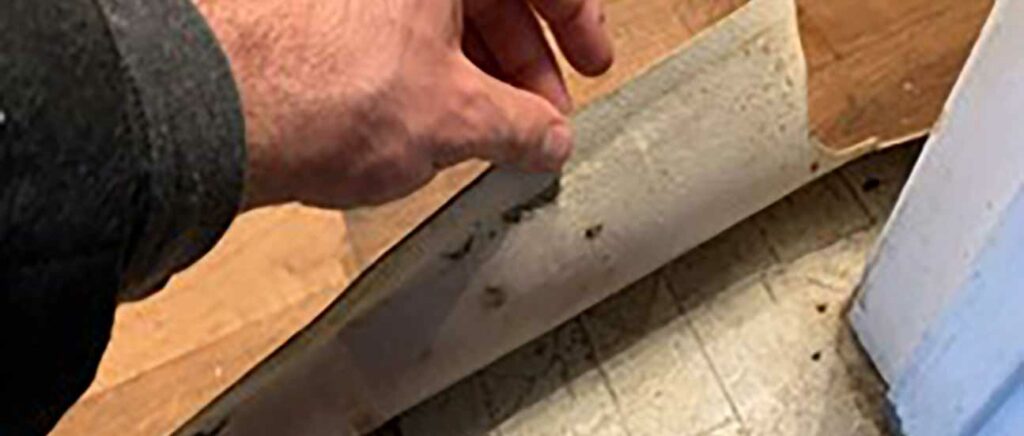What is Asbestos?
Asbestos is the name of a group of minerals that occur naturally as bundles of fibers that can be separated into thin, durable threads. These fibers have unique characteristics which provide them with high tensile strength and flexibility, while also being resistant to heat, fire, and chemicals and do not conduct electricity.
There are two subgroups of asbestos: chrysotile, and amphibole. Chrysotile asbestos has curly fibers and belongs to the serpentine family of minerals. Amphibole asbestos has straight, needle-like fibers and includes actinolite, tremolite, anthophyllite, crocidolite, and amosite asbestos.
How is Asbestos used?
Asbestos has been used in many industries due to its unique characteristics. In North America asbestos was mined and used commercially beginning in the late 1800s. Its strong resistance properties made it ideal for soundproofing, fireproofing, and insulation which were stables in the construction, shipbuilding, and automotive industries. Eventually asbestos would find its way into talc-based products including crayons and cosmetics.
The most common way of encountering asbestos is through building materials. Items such as ceiling and floor tiles, adhesives, plastics, insulation, and patching compounds may all contain asbestos. In 1989, the U.S Environmental Protection Agency banned all new uses of asbestos, however, uses established prior to 1989 are still allowed.
How do I know if I have asbestos in my home?
The only way to be sure whether a material contains asbestos is to have it tested by a qualified laboratory. EPA only recommends testing suspected materials if they are damaged (fraying, crumbling) or if you are planning a renovation that would disturb the suspect material. Samples should be taken by a properly trained and accredited asbestos professional.
If you suspect you have asbestos-containing material in your home, it is best to leave it undisturbed.
What are the health hazards of exposure to asbestos?
People can be exposed to asbestos in their home, workplace, or community when a product containing asbestos is disturbed. When asbestos is disturbed, tiny asbestos fibers are released into the air. Inhaling these airborne fibers can cause these fibers to get trapped in your lungs where they remain. Overtime fibers can accumulate, causing scarring and inflammation, which can affect breathing and lead to more serious health problems.

